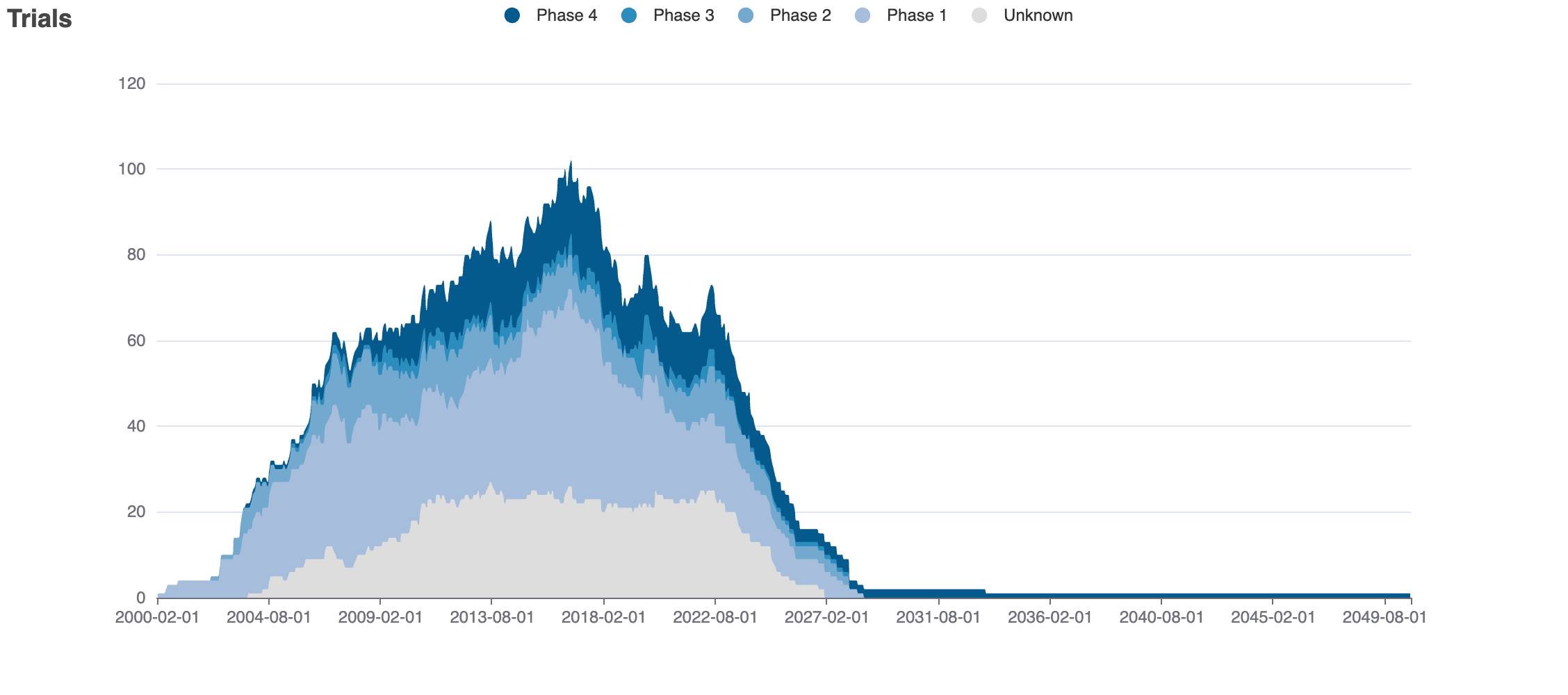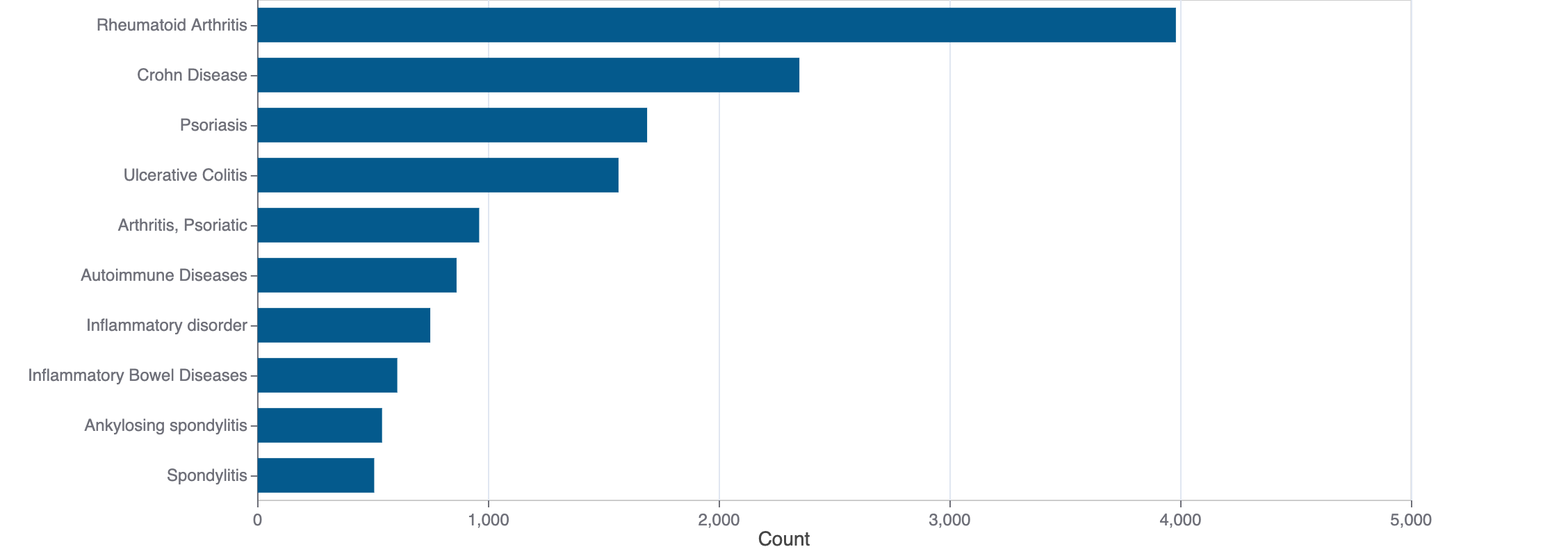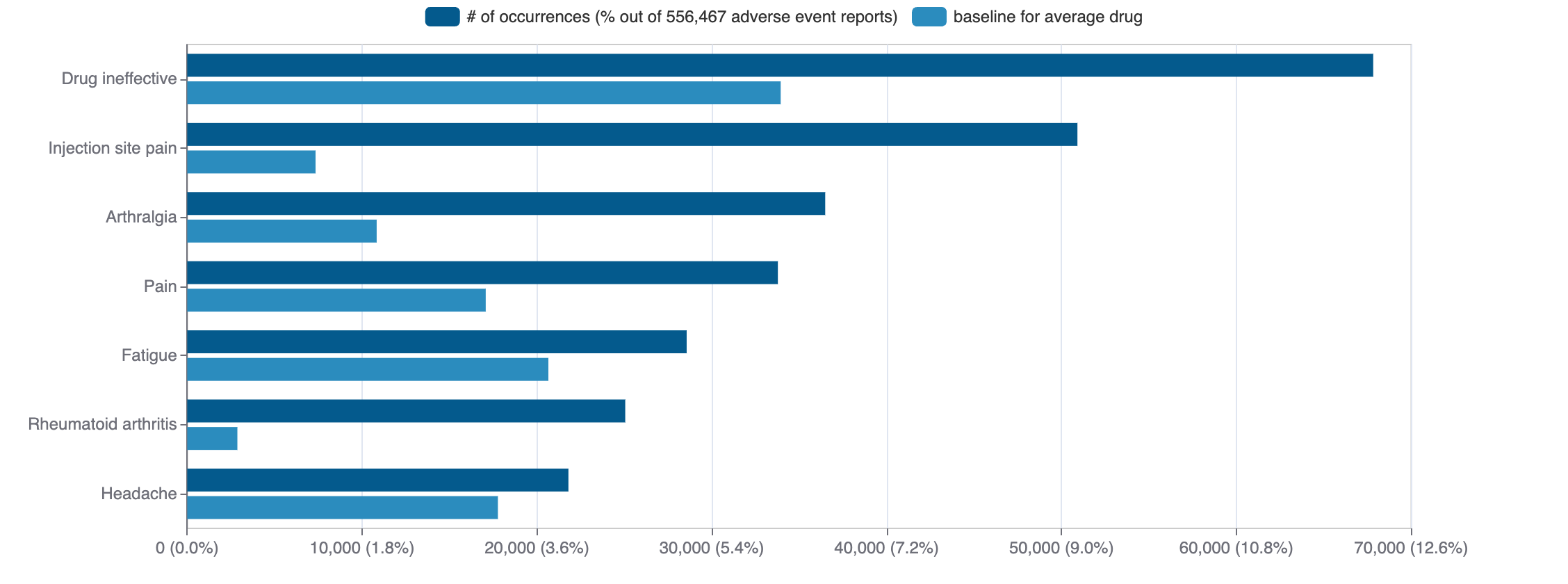Triamcinolone hexacetonide
Aristospan (triamcinolone hexacetonide) is a small molecule pharmaceutical. Triamcinolone hexacetonide was first approved as Aristospan on 1982-01-01. It is used to treat adrenal insufficiency, allergic rhinitis perennial, ankylosing spondylitis, atopic dermatitis, and berylliosis amongst others in the USA.
Download report
Favorite
Commercial
Therapeutic Areas
Therapeutic Area | MeSH |
|---|---|
| infections | D007239 |
| musculoskeletal diseases | D009140 |
| digestive system diseases | D004066 |
| respiratory tract diseases | D012140 |
| otorhinolaryngologic diseases | D010038 |
| nervous system diseases | D009422 |
| eye diseases | D005128 |
| urogenital diseases | D000091642 |
| hemic and lymphatic diseases | D006425 |
| hereditary congenital and neonatal diseases and abnormalities | D009358 |
Show 7 more
Trade Name
FDA
EMA
No data
Drug Products
FDA
EMA
New Drug Application (NDA)
New Drug Application (NDA)
Abbreviated New Drug Application (ANDA)
Abbreviated New Drug Application (ANDA)
Triamcinolone hexacetonide
Tradename | Company | Number | Date | Products |
|---|---|---|---|---|
| ARISTOSPAN | Sandoz | N-016466 DISCN | 1982-01-01 | 2 products, RLD |
Hide discontinued
Labels
FDA
EMA
Brand Name | Status | Last Update |
|---|---|---|
| hexatrione | unapproved drug for use in drug shortage | 2021-02-23 |
Indications
FDA
EMA
Indication | Ontology | MeSH | ICD-10 |
|---|---|---|---|
| adrenal insufficiency | — | D000309 | — |
| allergic rhinitis perennial | EFO_1001417 | D012221 | J30.89 |
| ankylosing spondylitis | EFO_0003898 | D013167 | M45 |
| atopic dermatitis | EFO_0000274 | D003876 | L20 |
| berylliosis | EFO_0007168 | D001607 | J63.2 |
| bronchial spasm | — | D001986 | — |
| dermatitis herpetiformis | — | D003874 | L13.0 |
| erythema multiforme | — | D004892 | L51 |
| facial dermatoses | — | D005148 | — |
| foot dermatoses | — | D005533 | — |
Show 17 more
Agency Specific
FDA
EMA
No data
Patent Expiration
No data
ATC Codes
No data
HCPCS
Code | Description |
|---|---|
| J3303 | Injection, triamcinolone hexacetonide, per 5 mg |
Clinical
Clinical Trials
575 clinical trials
View more details

Mock data
Subscribe for the real data
Subscribe for the real data
Indications Phases 4
Indication | MeSH | Ontology | ICD-10 | Ph 1 | Ph 2 | Ph 3 | Ph 4 | Other | Total |
|---|---|---|---|---|---|---|---|---|---|
| Macular edema | D008269 | 8 | 11 | 20 | 4 | 10 | 50 | ||
| Knee osteoarthritis | D020370 | EFO_0004616 | M17 | 3 | 4 | 2 | 12 | 5 | 24 |
| Macular degeneration | D008268 | EFO_0001365 | H35.30 | 3 | 4 | 8 | 1 | 3 | 17 |
| Retinal vein occlusion | D012170 | EFO_1001157 | H34.81 | 2 | 4 | 5 | 1 | 5 | 16 |
| Alopecia areata | D000506 | EFO_0004192 | L63 | 1 | 3 | — | 6 | 4 | 13 |
| Keloid | D007627 | EFO_0004212 | L91.0 | 1 | 2 | 1 | 3 | 6 | 12 |
| Oral lichen planus | D017676 | 3 | 4 | 1 | 2 | 2 | 12 | ||
| Shoulder pain | D020069 | HP_0030834 | M25.51 | — | 3 | — | 3 | 4 | 10 |
| Carpal tunnel syndrome | D002349 | EFO_0004143 | G56.0 | — | 1 | 2 | 1 | 7 | 10 |
| Atopic dermatitis | D003876 | EFO_0000274 | L20 | — | 3 | — | 4 | 2 | 9 |
Show 65 more
Indications Phases 3
Indication | MeSH | Ontology | ICD-10 | Ph 1 | Ph 2 | Ph 3 | Ph 4 | Other | Total |
|---|---|---|---|---|---|---|---|---|---|
| Diabetic retinopathy | D003930 | EFO_0003770 | 5 | 5 | 4 | — | — | 11 | |
| Bursitis | D002062 | EFO_1000941 | M71.9 | 1 | — | 2 | — | 8 | 11 |
| Cataract | D002386 | EFO_0001059 | H26.9 | — | 2 | 3 | — | 4 | 8 |
| Gouty arthritis | D015210 | — | 1 | 3 | — | — | 4 | ||
| Chronic pancreatitis | D050500 | EFO_0000342 | K86.1 | — | — | 1 | — | 2 | 3 |
| Hip osteoarthritis | D015207 | EFO_1000786 | M16 | — | 1 | 1 | — | 1 | 3 |
| Vitiligo | D014820 | EFO_0004208 | L80 | — | 2 | 1 | — | 1 | 3 |
| Ischemic optic neuropathy | D018917 | EFO_1000809 | H47.01 | 1 | 1 | 1 | — | — | 2 |
| Chemotherapy-induced febrile neutropenia | D064146 | — | 1 | 1 | — | — | 2 | ||
| Liver transplantation | D016031 | EFO_0010682 | — | — | 2 | — | — | 2 |
Show 33 more
Indications Phases 2
Indication | MeSH | Ontology | ICD-10 | Ph 1 | Ph 2 | Ph 3 | Ph 4 | Other | Total |
|---|---|---|---|---|---|---|---|---|---|
| Alzheimer disease | D000544 | EFO_0000249 | F03 | 1 | 1 | — | — | 12 | 13 |
| Cognitive dysfunction | D060825 | G31.84 | 2 | 2 | — | — | 6 | 9 | |
| Kidney transplantation | D016030 | 1 | 5 | — | — | — | 5 | ||
| Liver neoplasms | D008113 | EFO_1001513 | C22.0 | 1 | 4 | — | — | — | 4 |
| T-cell lymphoma cutaneous | D016410 | C84.A | 1 | 1 | — | — | 1 | 3 | |
| Psoriasis | D011565 | EFO_0000676 | L40 | 1 | 2 | — | — | — | 3 |
| Transcranial direct current stimulation | D065908 | 1 | 1 | — | — | 2 | 3 | ||
| Asthma | D001249 | EFO_0000270 | J45 | — | 1 | — | — | 2 | 3 |
| Therapeutics | D013812 | — | 1 | — | — | 1 | 2 | ||
| Melanoma | D008545 | — | 1 | — | — | 1 | 2 |
Show 33 more
Indications Phases 1
Indication | MeSH | Ontology | ICD-10 | Ph 1 | Ph 2 | Ph 3 | Ph 4 | Other | Total |
|---|---|---|---|---|---|---|---|---|---|
| Schizophrenia | D012559 | EFO_0000692 | F20 | 1 | — | — | — | 7 | 8 |
| Cicatrix | D002921 | HP_0100699 | L90.5 | 1 | — | — | — | 2 | 3 |
| Neuralgia | D009437 | EFO_0009430 | 1 | — | — | — | 1 | 2 | |
| Leiomyoma | D007889 | HP_0000131 | D25 | 1 | — | — | — | — | 1 |
| Adenomyosis | D062788 | EFO_1001757 | N80.0 | 1 | — | — | — | — | 1 |
| Humeral fractures | D006810 | EFO_0003943 | S42.3 | 1 | — | — | — | — | 1 |
| Vasoconstriction | D014661 | 1 | — | — | — | — | 1 | ||
| Papilledema | D010211 | EFO_1001074 | H35.81 | 1 | — | — | — | — | 1 |
| Acoustic neuroma | D009464 | HP_0009588 | 1 | — | — | — | — | 1 | |
| Drug interactions | D004347 | 1 | — | — | — | — | 1 |
Show 4 more
Indications Without Phase
Indication | MeSH | Ontology | ICD-10 | Ph 1 | Ph 2 | Ph 3 | Ph 4 | Other | Total |
|---|---|---|---|---|---|---|---|---|---|
| Healthy volunteers/patients | — | — | — | — | — | 7 | 7 | ||
| Memory disorders | D008569 | — | — | — | — | 4 | 4 | ||
| Dementia | D003704 | F03 | — | — | — | — | 4 | 4 | |
| Psychotic disorders | D011618 | F20.81 | — | — | — | — | 3 | 3 | |
| Major depressive disorder | D003865 | EFO_0003761 | F22 | — | — | — | — | 3 | 3 |
| Parkinson disease | D010300 | EFO_0002508 | G20 | — | — | — | — | 3 | 3 |
| Skin diseases | D012871 | L00-L99 | — | — | — | — | 3 | 3 | |
| Hemianopsia | D006423 | H53.46 | — | — | — | — | 2 | 2 | |
| Essential tremor | D020329 | EFO_0003108 | G25.0 | — | — | — | — | 2 | 2 |
| Frontotemporal dementia | D057180 | G31.0 | — | — | — | — | 2 | 2 |
Show 73 more
Epidemiology
Epidemiological information for investigational and approved indications
View more details
Drug
General
| Drug common name | TRIAMCINOLONE HEXACETONIDE |
| INN | triamcinolone hexacetonide |
| Description | Triamcinolone hexacetonide is a corticosteroid hormone. |
| Classification | Small molecule |
| Drug class | steroids (not prednisolone derivatives); topical steroids (acetal derivatives) |
| Image (chem structure or protein) | |
| Structure (InChI/SMILES or Protein Sequence) | CC(C)(C)CC(=O)OCC(=O)[C@@]12OC(C)(C)O[C@@H]1C[C@H]1[C@@H]3CCC4=CC(=O)C=C[C@]4(C)[C@@]3(F)[C@@H](O)C[C@@]12C |
Identifiers
| PDB | — |
| CAS-ID | 5611-51-8 |
| RxCUI | 38546 |
| ChEMBL ID | CHEMBL1200878 |
| ChEBI ID | 9670 |
| PubChem CID | 21826 |
| DrugBank | — |
| UNII ID | I7GT1U99Y9 (ChemIDplus, GSRS) |
Target
Agency Approved
No data
Alternate
No data
Variants
Clinical Variant
No data
Financial
No data
Trends
PubMed Central
Top Terms for Disease or Syndrome:

Mock data
Subscribe for the real data
Subscribe for the real data
Additional graphs summarizing 625 documents
View more details
Safety
Black-box Warning
No Black-box warning
Adverse Events
Top Adverse Reactions

Mock data
Subscribe for the real data
Subscribe for the real data
15,709 adverse events reported
View more details
Premium feature
Learn more about premium features at pharmakb.com
Learn more
